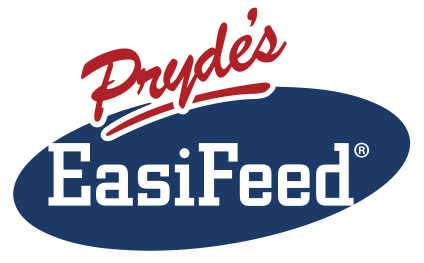Dr Nerida Richards
Dry mares in the early stages of pregnancy are perhaps the most overlooked of all classes of horses when it comes to feeding and nutrition. Because the dry mare is able to hold her body weight and even tends toward getting fat on pasture alone, it is common practice not to supplementary feed them until the later stages of pregnancy.
The Problem
While carefully managing dry mare bodyweight to ensure they don’t get too fat is extremely important, there is a problem with not providing mares with any form of supplementary feed. Pastures are notoriously low in many important minerals.
Copper and zinc, two of the most critical minerals needed for laying the foundation of sound skeletal development in the foetus are present in pasture at around half the level of that required by pregnant mares (Table 1). In heavily grass based and phosphorus fertilised pastures, more phosphorus can be present than calcium which puts mares at risk of a short term calcium deficiency and selenium and iodine, minerals important for correct foetal growth and continued mare health and fertility can be close to non-existent (Table 1).
If left unsupplemented, mares that are bred season after season will deplete their own body reserves of these minerals and develop deficiencies that will eventually affect their ability to reproduce and grow sound foals.
Pregnant Mares Requirements: Without Pryde's 150 Pellet
Balancing Act
In feeding the early pregnant mare (the first 8 months of pregnancy) it becomes a balancing act between controlling her body weight so she doesn’t get fat while providing supplementary feed that will fill the gaps left by pasture and hay. Being able to do this simply and quickly is also important as there is often not a lot of time available to feed dry mares.
Pasture balancer pellets provide an excellent solution for dry mares. They are highly concentrated, so only a small amount (500 g/day) needs to be fed to meet important mineral requirements. Balancer pellets are very palatable, so there is no need to mix them with anything, they can simply be fed as they are and if time is a serious constraint, mares can be fed 1 kg every second day. Feeding such a small amount per day also means they are not going to make mares fat.
Pregnant Mare's Requirements: With Pryde's 150 Pellet
Dry Mares are Important
While dry mares appear to look after themselves on pasture alone, failure to meet mineral requirements can leave the mares at risk of reproductive and health issues and perhaps more importantly increases their in utero foal’s risk of developmental orthopaedic disease. Mineral balancer pellets are a simple and cost effective way to fill the nutrient gaps left by pasture without providing excess calories that will make them fat. Making sure these mineral needs are met will help to keep your mares fertile, healthy and producing sound foals season after season.
Pryde’s EasiFeed have an extensive range of pasture balancer pellets to suits various types of pasture that are perfect for dry mares. The Pryde’s 150, 200 and 250 Balancer Pellets require no mixing, are well accepted by mares and contain all your mares need to stay fertile and produce strong, healthy foals, year after year. The balancer pellets can also be combined with oats or the Pryde’s BioMare Cubes in dry seasons.
For an assessment of your dry mare diets, a mineral analysis of your mare pastures or to discuss your needs, contact Pryde’s EasiFeed on 1300 732 267

